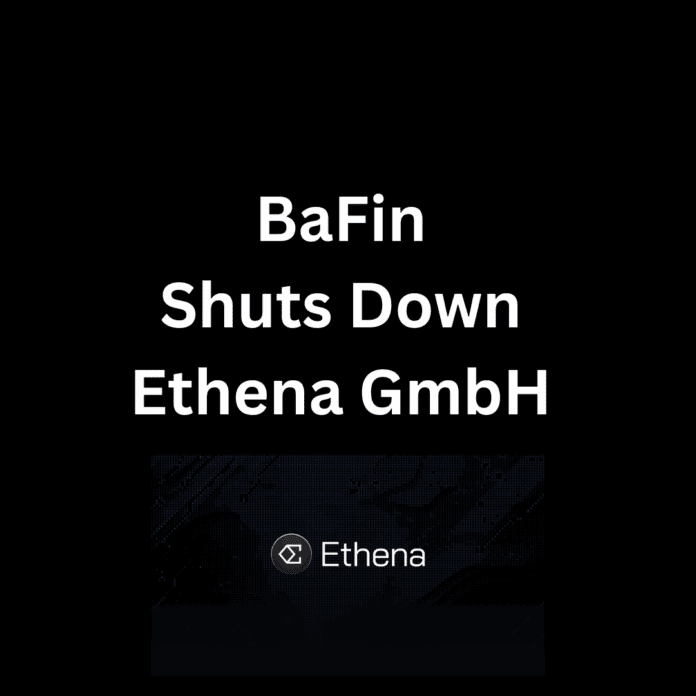On March 21, 2025, Germany’s Federal Financial Supervisory Authority (BaFin) took decisive action by enforcing the EU’s new MiCAR regulation for the first time — targeting Frankfurt-based Ethena GmbH, issuer of the algorithmic stablecoin USDe. What started as a much-hyped crypto innovation ended just three months later in a complete wind-down order and a BaFin-mandated redemption plan.
Timeline of Events
- March 21, 2025 – Immediate ban on distribution and new business, asset freeze, and appointment of a special commissioner. (source)
- April 14/15, 2025 – BaFin orders the winding down of all USDe issuances after Ethena withdrew its MiCAR license application on April 3. (source)
- June 25, 2025 – Start of a 42-day redemption window for EU customers, ending August 6, 2025.
With that, Ethena also lost its temporary grandfathering status under MiCAR.
The USDe and sUSDe Model
USDe is not a traditional dollar-backed stablecoin but a “synthetic dollar.” Its reserve structure consists of 50% spot positions in BTC/ETH and 50% short perpetual futures (“basis trade”). Positive funding rates enabled payouts to the staking token sUSDe. (Cointelegraph, CoinDesk) This structure at times delivered double-digit yields, but relied heavily on sustained long bias in the futures market — introducing liquidity and counterparty risks.
Why BaFin Stepped In
During the licensing review, BaFin identified “serious deficiencies” in Ethena’s organization, capital adequacy, and reserve management. The authority also found reasonable suspicion that the yield-bearing token sUSDe constituted a publicly offered security without an approved prospectus. (BaFin, CoinDesk) Key issues included:
- Reserve Quality – 100% crypto reserves with no liquid HQLA violated Articles 36ff. MiCAR.
- Capital Requirements – Lack of evidence for required own funds under Article 31 MiCAR.
- Governance Deficits – No proven three-lines-of-defense model or EU-based risk manager.
- Prospectus Obligation – sUSDe promised returns, fitting the definition of a security under EU Prospectus Regulation / German WpPG.
After Ethena withdrew its application on April 3, the transitional privilege under Article 143 MiCAR expired — forcing BaFin to order a full wind-down.
Who Is Behind Ethena?
- Ethena GmbH – HRB 136862, based in Frankfurt. Managing directors: Guy Young (Lisbon) and Torsten Lüttich.
- Parent Company – Ethena Labs Ltd. (BVI/USA), developer of the protocol.
- Funding – At least $100 million raised in a private sale (Dec 2024) with participants including Franklin Templeton, Dragonfly, Polychain, and Pantera. Total reported funding across seed and strategic rounds amounts to approx. $136 million.
The Regulatory Context
MiCAR distinguishes between asset-referenced tokens (ART) and e-money tokens. Because of its peg to the USD, USDe falls clearly into the ART category. Article 36 requires such reserves to be “high quality, liquid and low-risk” — a purely crypto-backed reserve doesn’t meet this standard. Additionally, under EU securities law, any token offering returns constitutes a security and requires a prospectus. Ethena failed at this critical junction: algorithmic ambition without a conservative safety net. (BaFin, CoinDesk)
Impacts on Investors and the Market
- Redemption Requirement – Token holders can redeem their USDe at face value until August 6, 2025. The process is monitored by a BaFin-appointed liquidator.
- Secondary Market Ban – Trading on EU platforms has been prohibited since April 15.
- Market Signal – This is the first major MiCAR enforcement case and likely sets a precedent for all algorithmic stablecoins in Europe. Analysts are already drawing comparisons to the 2022 Terra collapse.
Lessons for Future Issuers
- Hybrid Reserve Model – At least 60% in cash or T-bills, the rest in crypto; daily attestations from an independent custodian.
- Capital Buffer – 2% of outstanding token liabilities plus an emergency reserve.
- Prospectus Compliance – Yield-bearing tokens like sUSDe require an EU securities prospectus or must be structured as separate fund shares.
- Governance Standards – EU-based CRO, risk committee, internal audit, and AML officer are not optional.
- Transparency – Real-time dashboards showing reserves and stress scenarios build trust and shorten regulatory review.
Outlook
Once the redemption program concludes, Ethena GmbH will likely exit the EU market. The case shows that MiCAR rules aren’t just theoretical: Innovators will now face the same capital and governance standards as traditional financial institutions. Anyone aiming to launch an algorithmic stablecoin in Europe will need more than clever hedging logic — they’ll need substance, transparency, and resilience.
This article is based on publicly available BaFin documents, reports from CoinDesk and Cointelegraph, and commercial register filings.



